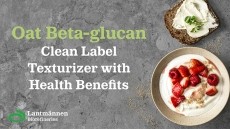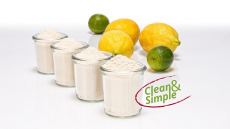Cargill improves logistics and footprint at hydrocolloids plant
The company has owned the plant, which produces carrageenan, xanthan gum, scleroglucan, since it acquired Degussa food ingredients in 2006. The latest equipment gives it a new centralized control room and a bag filling line, both fitted with the most modern systems and machinery.
“The new centralised control room and bagging line illustrate the profound change in our operational organization in Baupte over the past months. Today, we can work more efficiently, while at the same time improving working conditions for our employees and offering them higher valued tasks,” said Fabrice Bohin, Cargill global business line director, hydrocolloids.
Bohin explained that some manual tasks such as palette handling have been able to be eliminated, “making work much less arduous overall”. The centralised control room, from where all workshops can be overseen, means technicians can now “perform more complex and enriching tasks, while ensuring a high level of quality.”
As for the new bagging line, this replaces a carton packing line, and is said to improve security and the work environment by reducing noise and dust – and removing some arduous tasks.
There are also environmental advantages, as using bags considerably reduces waste matter to 100g (from 1kg with the box system).
The company said the investments, of an undisclosed amount, reinforce its position in the competitive food additives market.
In the last seven years Cargill has gone from having no presence in hydrocolloids to occupying a top 3 spot in the market.
Cargill announced a major €3m investment in the Baupte plant in early 2008 to help boost productivity in a bid to counter costs.































